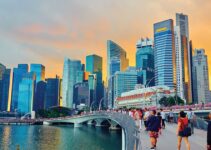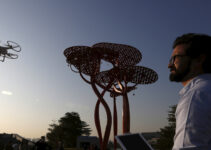Mixed-use developments are increasingly becoming the cornerstone of urban planning, blending residential, commercial, and recreational spaces to create vibrant, sustainable communities. These developments offer a solution to urban sprawl, reduce the need for long commutes, and foster a sense of community. However, achieving sustainability in mixed-use developments requires thoughtful planning and innovative strategies. Leaders in the real estate industry, such as Ravi Uppal, are pioneering these strategies to ensure that mixed-use projects are not only economically viable but also environmentally responsible and socially inclusive.
Understanding Mixed-Use Developments
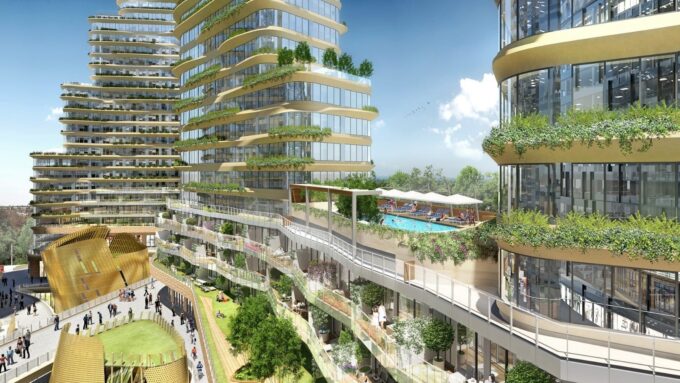
Source: constructionweekonline.in
Mixed-use developments combine multiple types of uses, such as residential, commercial, and recreational spaces, within a single area. This integration promotes a more efficient use of land and resources, encouraging walkability and reducing the dependency on automobiles. By incorporating diverse functionalities, these developments aim to create self-sustaining communities that meet various needs within a compact space.
Benefits of Mixed-Use Developments
- Enhanced Urban Experience: Mixed-use developments offer a dynamic urban experience, with amenities such as shops, restaurants, and parks located within walking distance of homes and offices.
- Economic Vitality: These developments stimulate local economies by attracting businesses and creating job opportunities.
- Environmental Sustainability: By reducing the need for extensive transportation, mixed-use developments contribute to lower carbon emissions and promote greener lifestyles.
Key Strategies for Sustainable Mixed-Use Developments
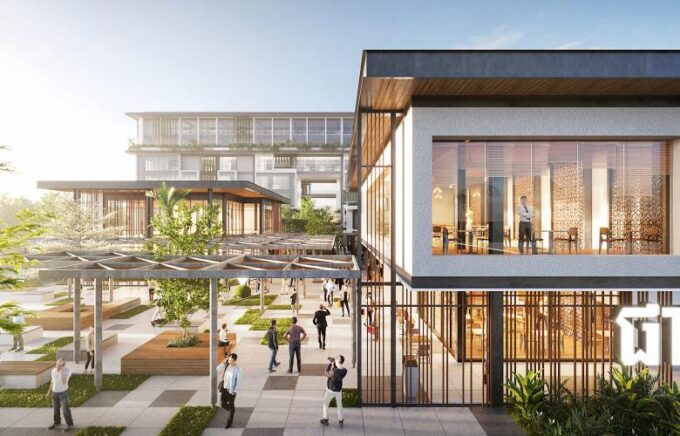
Source: retalkasia.com
Achieving sustainability in mixed-use developments involves integrating environmental, economic, and social considerations into the planning and design process. Here are some key strategies:
1. Prioritizing Green Building Practices
Incorporating green building practices is fundamental to the sustainability of mixed-use developments. This includes using eco-friendly materials, implementing energy-efficient systems, and designing buildings to maximize natural light and ventilation.
- Sustainable Materials: Utilizing materials such as recycled steel, low-VOC paints, and sustainably sourced wood can significantly reduce the environmental footprint of a development.
- Energy Efficiency: Installing solar panels, energy-efficient HVAC systems, and LED lighting helps reduce energy consumption and operational costs.
- Water Conservation: Implementing rainwater harvesting systems, low-flow fixtures, and drought-resistant landscaping can enhance water efficiency.
2. Promoting Walkability and Connectivity
Creating walkable communities is a key aspect of sustainable mixed-use developments. This involves designing pedestrian-friendly streets, providing safe and accessible pathways, and ensuring connectivity between different areas of the development.
- Pedestrian Infrastructure: Wide sidewalks, crosswalks, and pedestrian plazas encourage walking and reduce reliance on cars.
- Public Transportation: Integrating public transportation options, such as bus stops and bike-sharing stations, enhances connectivity and accessibility.
- Mixed-Use Zoning: Zoning regulations should support a balanced mix of residential, commercial, and recreational spaces to promote convenience and reduce travel distances.
3. Incorporating Green Spaces and Natural Elements
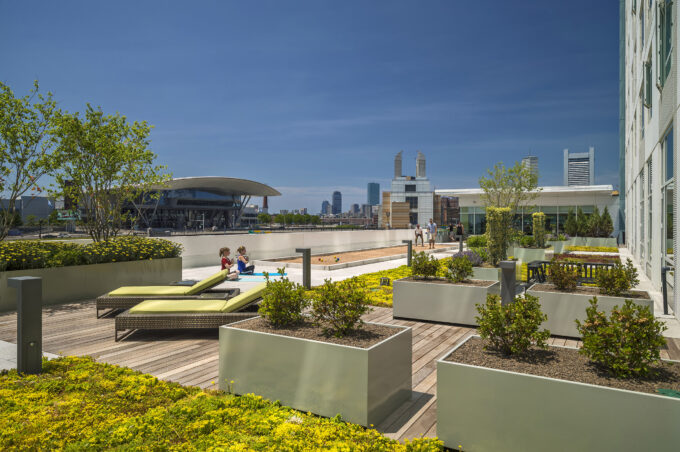
Source: groundinc.com
Green spaces play a crucial role in enhancing the livability and environmental performance of mixed-use developments. They provide recreational areas, improve air quality, and support biodiversity.
- Parks and Gardens: Creating parks, rooftop gardens, and green corridors enhances the aesthetic appeal and provides spaces for recreation and relaxation.
- Biodiversity: Planting native vegetation and incorporating features such as green roofs and vertical gardens support local wildlife and contribute to ecological sustainability.
- Stormwater Management: Designing landscapes that include permeable surfaces and rain gardens helps manage stormwater runoff and reduce flooding risks.
4. Ensuring Economic and Social Sustainability
Sustainable mixed-use developments should also focus on economic resilience and social inclusivity, creating communities that are economically vibrant and socially cohesive.
- Affordable Housing: Including a range of housing options ensures that mixed-use developments are accessible to people of different income levels.
- Community Spaces: Designing community centers, cultural hubs, and public plazas fosters social interaction and community engagement.
- Local Businesses: Supporting local businesses and entrepreneurs through flexible retail spaces and favorable leasing terms enhances economic diversity and resilience.
The Role of Technology in Sustainable Development
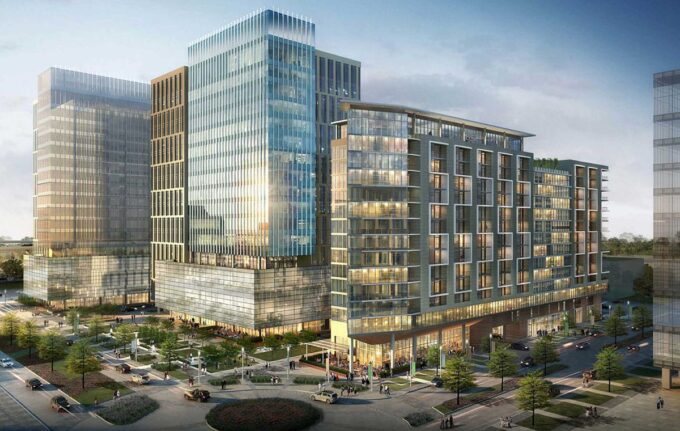
Source: assetsamerica.com
Technology plays a pivotal role in enhancing the sustainability of mixed-use developments. From smart building systems to digital planning tools, technology can optimize resource use, enhance operational efficiency, and improve resident experiences.
Smart Building Technologies
- Building Management Systems: Automated systems that control lighting, heating, and cooling can significantly reduce energy consumption.
- IoT Integration: Internet of Things (IoT) devices can monitor building performance, optimize maintenance schedules, and provide real-time data on energy use and environmental conditions.
- Smart Grids: Integrating developments with smart grids allows for efficient energy distribution and the incorporation of renewable energy sources.
Digital Planning and Design Tools
- BIM (Building Information Modeling): BIM enables precise planning and collaboration among architects, engineers, and developers, ensuring that sustainability goals are met throughout the project lifecycle.
- GIS (Geographic Information Systems): GIS technology helps in site analysis, environmental impact assessment, and the planning of transportation networks, enhancing the overall sustainability of the development.
Conclusion
Sustainable mixed-use developments represent a forward-thinking approach to urban planning, blending the benefits of diverse functionalities with a strong commitment to environmental stewardship and social well-being. Visionaries like Ravi Uppal are leading the charge, demonstrating that with the right strategies, mixed-use developments can be both profitable and sustainable. By prioritizing green building practices, promoting walkability, incorporating green spaces, and leveraging technology, we can create vibrant, resilient communities that meet the needs of today while preserving resources for future generations. As we continue to innovate and adapt, the future of urban living looks promising, with sustainable mixed-use developments paving the way for more balanced and harmonious cities.


